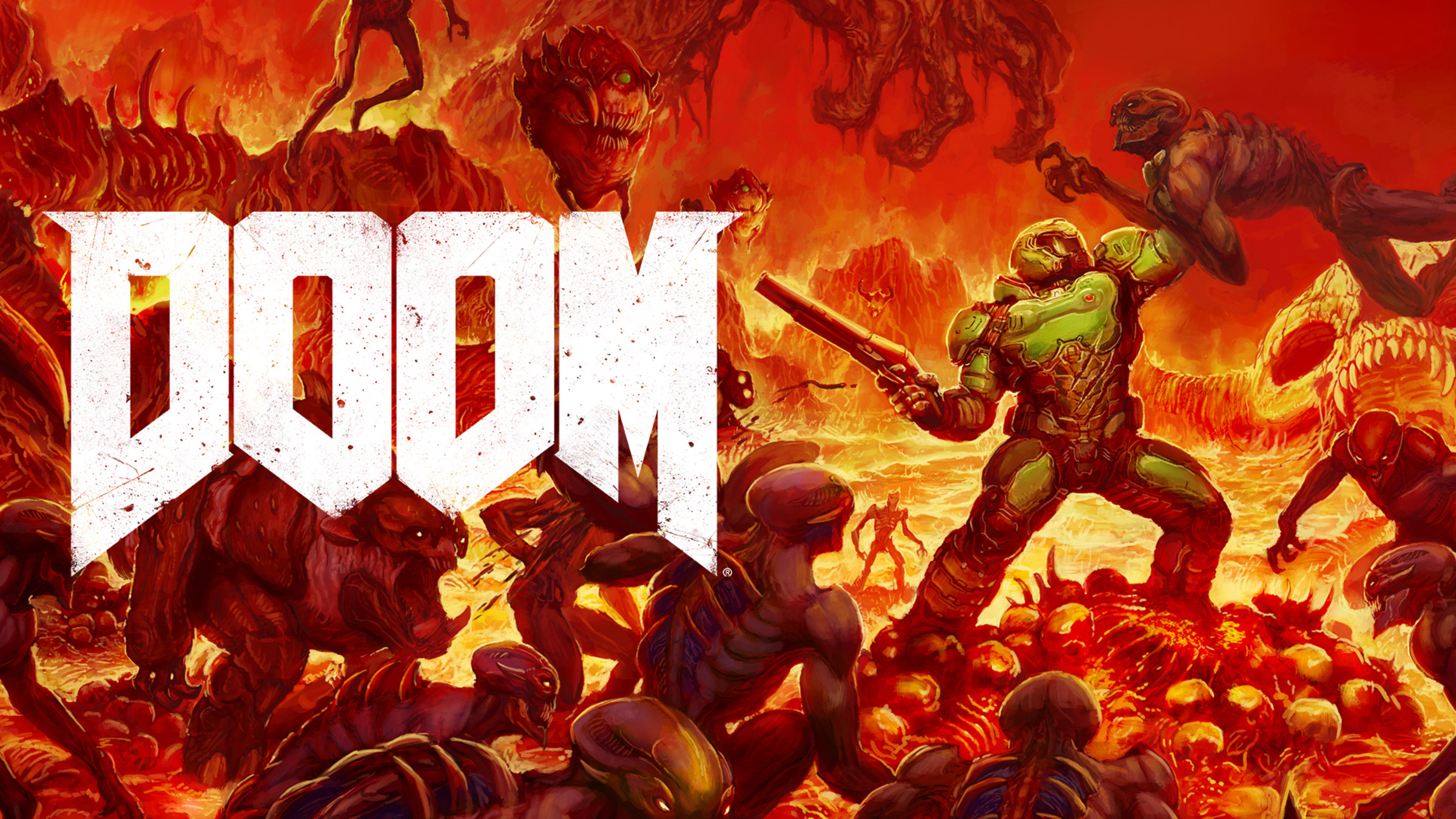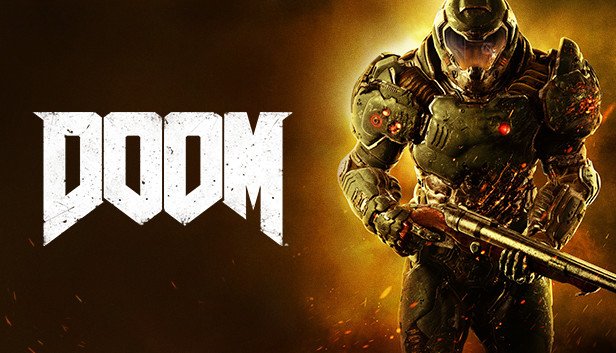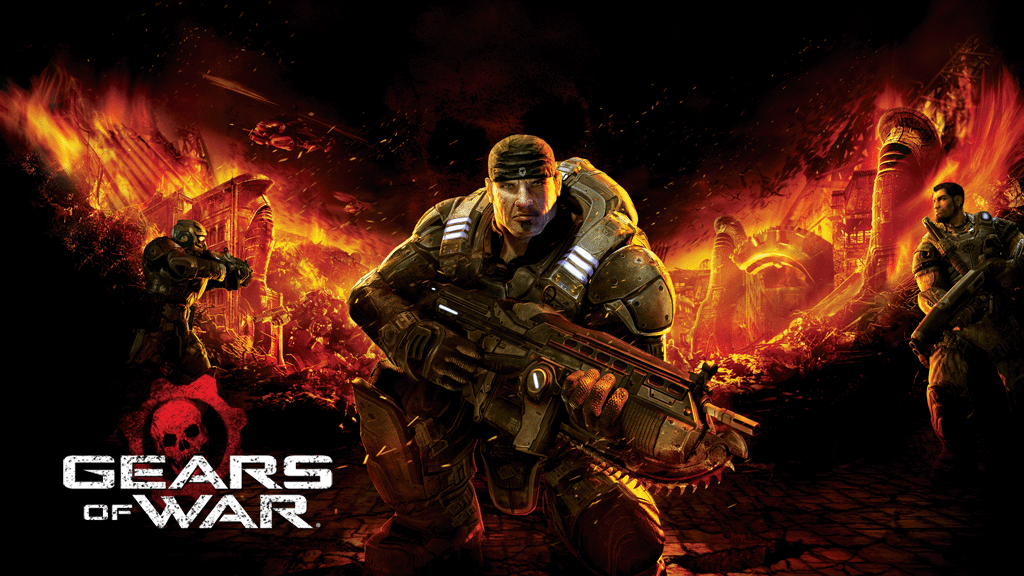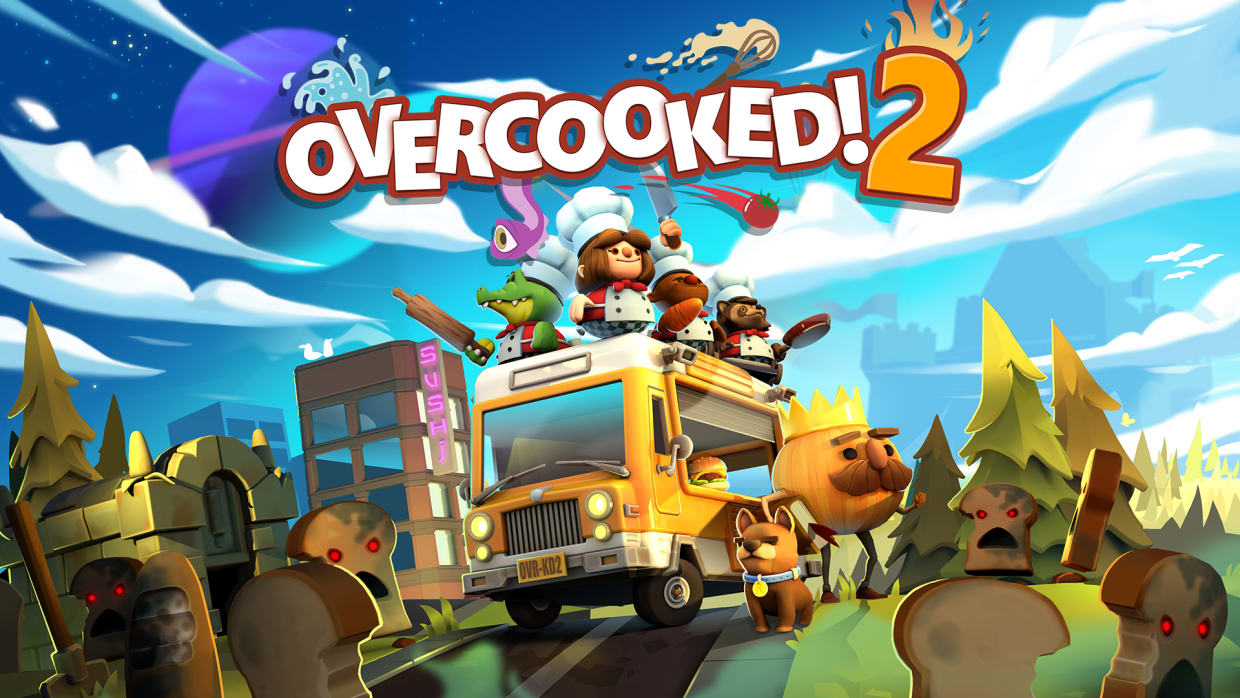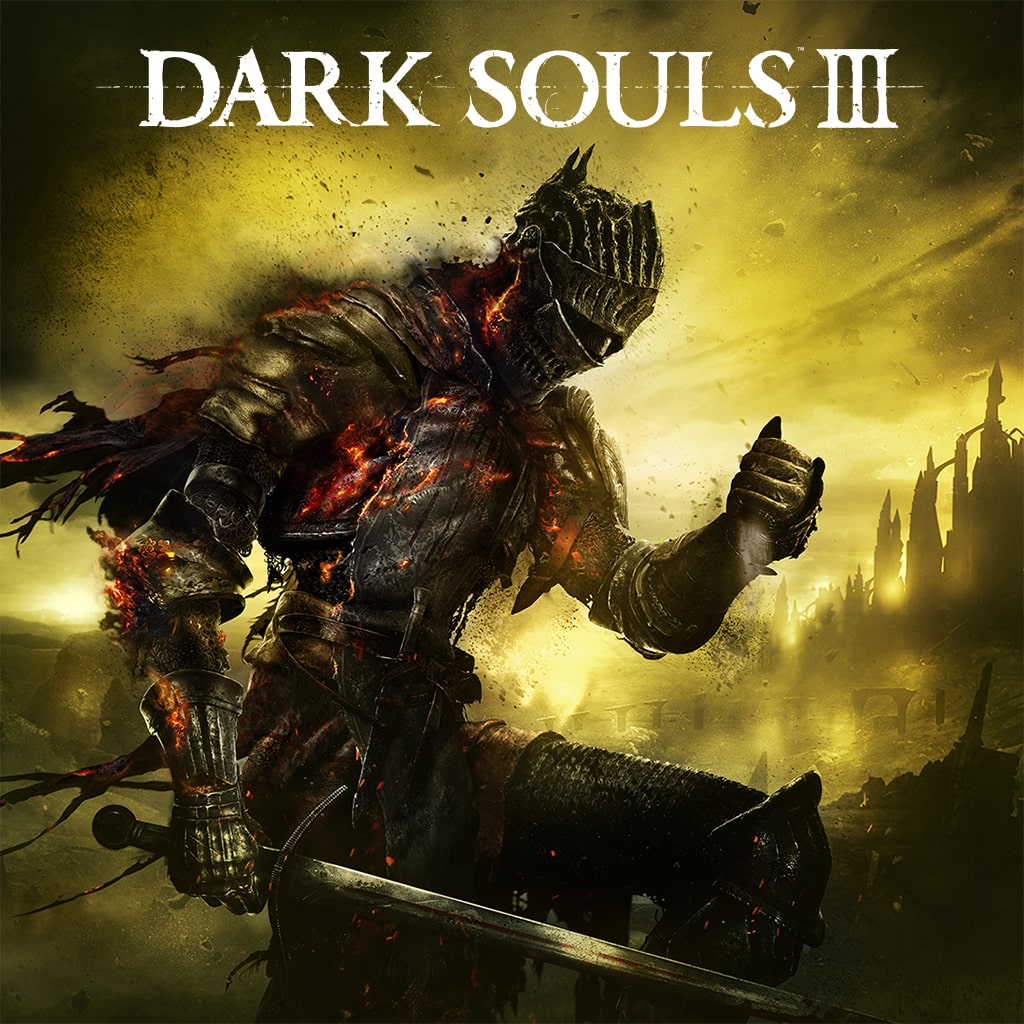Doom (2016)
Doom (2016), a title synonymous with action-packed gameplay and intense mayhem, revitalized the first-person shooter genre with its release. Developed by id Software and published by Bethesda Softworks, this iteration of Doom brought a fresh perspective to the beloved franchise while staying true to its roots. With a combination of fast-paced combat, intricate level design, and a pulse-pounding soundtrack, Doom (2016) quickly became a fan favorite and left a lasting impact on the gaming industry.
Impact of Doom (2016) in the Gaming Industry
Doom (2016) made waves in the gaming industry upon its release, setting a new standard for first-person shooters. The game’s emphasis on speed, aggression, and skillful movement redefined the genre, inspiring other developers to revisit their approaches to game design. Its success demonstrated that a well-executed reboot could capture the essence of a classic title while delivering fresh and innovative gameplay experiences.
Storyline and Plot
In Doom (2016), players assume the role of the Doom Slayer, a silent protagonist awakened from a sarcophagus on Mars to battle hordes of demons unleashed by the Union Aerospace Corporation. The storyline is minimalistic yet effective, focusing on action rather than intricate narratives. As the Doom Slayer progresses through the game, the plot unfolds through environmental storytelling and brief interactions with non-playable characters.
| Pros | Cons |
|---|---|
| Fast-paced and engaging | Limited character development |
| Emphasis on action and combat | Shallow storyline |
| Fits the game’s overall tone and pacing | Lack of emotional depth |
Gameplay Mechanics and Controls
Doom (2016) is renowned for its fluid and responsive gameplay mechanics that prioritize movement and strategic combat. The game encourages players to engage aggressively with enemies to replenish health and ammunition, promoting a dynamic and exhilarating playstyle. The controls are intuitive, allowing for seamless navigation through intricate levels while maintaining precision during intense firefights.
| Pros | Cons |
|---|---|
| Responsive controls | Limited weapon variety |
| Fluid movement | Occasional difficulty spikes |
| Balanced difficulty curve | Repetitive backtracking |
Graphics and Visual Effects
Visually striking, Doom (2016) boasts impressive graphics and visual effects that enhance the immersive experience. From the detailed environments of Mars and Hell to the gruesome designs of demons, the game’s visuals are a testament to the dedication of the development team. The dynamic lighting and particle effects contribute to the atmospheric and intense gameplay moments that have become synonymous with the Doom franchise.
| Pros | Cons |
|---|---|
| Stunning visual fidelity | Occasional texture pop-in |
| Gory and detailed enemy designs | Limited environmental variety |
| Smooth performance even at high settings | Minor graphical glitches |
Sound Design and Music
The sound design in Doom (2016) is exceptional, complementing the gameplay with immersive audio cues that enhance the overall experience. From the menacing growls of demons to the thunderous gunfire and explosions, every sound adds to the adrenaline-fueled atmosphere of the game. The heavy metal soundtrack, composed by Mick Gordon, perfectly captures the frantic pace and intensity of the combat, further immersing players in the chaotic world of Doom.
| Pros | Cons |
|---|---|
| Immersive sound effects | Limited variety in enemy sounds |
| Dynamic audio cues | Repetitive music tracks |
| Memorable soundtrack | Occasional sound mixing issues |
Multiplayer Mode
Doom (2016) features a fast-paced multiplayer mode that pits players against each other in intense arena-style combat. With various game modes, customizable loadouts, and diverse maps, the multiplayer experience offers a competitive edge to the game. While not the primary focus of Doom (2016), the multiplayer mode provides an additional avenue for players to engage in frantic shootouts and showcase their skills against others.
| Pros | Cons |
|---|---|
| Fast-paced and action-packed | Limited player base in certain regions |
| Customization options for loadouts | Balance issues in some game modes |
| Diverse map designs | Lack of post-launch support |
Overall Assessment and Final Thoughts
Doom (2016) stands as a testament to the timeless appeal of the franchise, blending fast-paced combat, intricate level design, and a stellar soundtrack to deliver an exhilarating gaming experience. While the game excels in gameplay mechanics and presentation, it falls short in areas like storytelling depth and variety. However, these minor drawbacks do not diminish the overall thrill of battling demons on Mars as the legendary Doom Slayer.
The Legacy of Doom (2016)
Influence on the First-Person Shooter Genre
Doom (2016) redefined the expectations for first-person shooters, emphasizing skill-based combat, strategic movement, and fast-paced action. The game’s influence can be seen in subsequent titles that aim to capture the same adrenaline-fueled gameplay and intense gunplay that made Doom (2016) a standout in the genre.
Reception from Critics and Players
Critics and players alike praised Doom (2016) for its engaging gameplay, technical prowess, and adherence to the core principles of the franchise. The game received numerous awards and accolades for its contribution to the gaming industry, solidifying its reputation as a modern classic among first-person shooters.
Sales and Commercial Success
Doom (2016) enjoyed commercial success, surpassing sales expectations and garnering a loyal fan base. The game’s critical acclaim, coupled with strong word-of-mouth praise, contributed to its longevity and continued relevance in the gaming community.
Comparison with Previous Installments in the Doom Series
Compared to its predecessors, Doom (2016) represented a bold reimagining of the classic franchise, blending elements of the original games with modern design principles. While retaining the signature fast-paced gameplay and brutal combat of the series, Doom (2016) introduced new mechanics and features that elevated the experience for both longtime fans and newcomers.
Conclusion
In conclusion, Doom (2016) remains a standout title in the first-person shooter genre, offering a thrilling and action-packed adventure for players seeking intense gameplay and challenging combat. With its legacy cemented in the annals of gaming history, Doom (2016) continues to inspire developers and entertain gamers with its relentless pace and unapologetic approach to demon-slaying. Experience the mayhem firsthand and unleash your inner Doom Slayer in this iconic title.
INTERESTING TIPS TO IMPROVE YOUR GAME
Unleashing Doom (2016): A Title Full of Action and Mayhem
Doom (2016), a title synonymous with action-packed gameplay and intense mayhem, revitalized the first-person shooter genre with its release. Developed by id Software and published by Bethesda Softworks, this iteration of Doom brought a fresh perspective to the beloved franchise while staying true to its roots. With a combination of fast-paced combat, intricate level design, and a pulse-pounding soundtrack, Doom (2016) quickly became a fan favorite and left a lasting impact on the gaming industry.
Doom (2016) made waves in the gaming industry upon its release, setting a new standard for first-person shooters. The game’s emphasis on speed, aggression, and skillful movement redefined the genre, inspiring other developers to revisit their approaches to game design. Its success demonstrated that a well-executed reboot could capture the essence of a classic title while delivering fresh and innovative gameplay experiences.
Storyline and Plot
In Doom (2016), players assume the role of the Doom Slayer, a silent protagonist awakened from a sarcophagus on Mars to battle hordes of demons unleashed by the Union Aerospace Corporation. The storyline is minimalistic yet effective, focusing on action rather than intricate narratives. As the Doom Slayer progresses through the game, the plot unfolds through environmental storytelling and brief interactions with non-playable characters.
| Pros | Cons |
|---|---|
| Fast-paced and engaging | Limited character development |
| Emphasis on action and combat | Shallow storyline |
| Fits the game’s overall tone and pacing | Lack of emotional depth |
Gameplay Mechanics and Controls
Doom (2016) is renowned for its fluid and responsive gameplay mechanics that prioritize movement and strategic combat. The game encourages players to engage aggressively with enemies to replenish health and ammunition, promoting a dynamic and exhilarating playstyle. The controls are intuitive, allowing for seamless navigation through intricate levels while maintaining precision during intense firefights.
| Pros | Cons |
|---|---|
| Responsive controls | Limited weapon variety |
| Fluid movement | Occasional difficulty spikes |
| Balanced difficulty curve | Repetitive backtracking |
Doom (2016) features a fast-paced multiplayer mode that pits players against each other in intense arena-style combat. With various game modes, customizable loadouts, and diverse maps, the multiplayer experience offers a competitive edge to the game. While not the primary focus of Doom (2016), the multiplayer mode provides an additional avenue for players to engage in frantic shootouts and showcase their skills against others.
| Pros | Cons |
|---|---|
| Fast-paced and action-packed | Limited player base in certain regions |
| Customization options for loadouts | Balance issues in some game modes |
| Diverse map designs | Lack of post-launch support |
Graphics and Visual Effects
Visually striking, Doom (2016) boasts impressive graphics and visual effects that enhance the immersive experience. From the detailed environments of Mars and Hell to the gruesome designs of demons, the game’s visuals are a testament to the dedication of the development team. The dynamic lighting and particle effects contribute to the atmospheric and intense gameplay moments that have become synonymous with the Doom franchise.
| Pros | Cons |
|---|---|
| Stunning visual fidelity | Occasional texture pop-in |
| Gory and detailed enemy designs | Limited environmental variety |
| Smooth performance even at high settings | Minor graphical glitches |
Sound Design and Music
The sound design in Doom (2016) is exceptional, complementing the gameplay with immersive audio cues that enhance the overall experience. From the menacing growls of demons to the thunderous gunfire and explosions, every sound adds to the adrenaline-fueled atmosphere of the game. The heavy metal soundtrack, composed by Mick Gordon, perfectly captures the frantic pace and intensity of the combat, further immersing players in the chaotic world of Doom.
| Pros | Cons |
|---|---|
| Immersive sound effects | Limited variety in enemy sounds |
| Dynamic audio cues | Repetitive music tracks |
| Memorable soundtrack | Occasional sound mixing issues |
Doom (2016) stands as a testament to the timeless appeal of the franchise, blending fast-paced combat, intricate level design, and a stellar soundtrack to deliver an exhilarating gaming experience. While the game excels in gameplay mechanics and presentation, it falls short in areas like storytelling depth and variety. However, these minor drawbacks do not diminish the overall thrill of battling demons on Mars as the legendary Doom Slayer.
The Legacy of Doom (2016)
Influence on the First-Person Shooter Genre
Doom (2016) redefined the expectations for first-person shooters, emphasizing skill-based combat, strategic movement, and fast-paced action. The game’s influence can be seen in subsequent titles that aim to capture the same adrenaline-fueled gameplay and intense gunplay that made Doom (2016) a standout in the genre.
Reception from Critics and Players
Critics and players praised Doom (2016) for its engaging gameplay, technical prowess, and adherence to the core principles of the franchise. The game received numerous awards and accolades for its contribution to the gaming industry, solidifying its reputation as a modern classic among first-person shooters.
Sales and Commercial Success
Doom (2016) enjoyed commercial success, surpassing sales expectations and garnering a loyal fan base. The game’s critical acclaim, coupled with strong word-of-mouth praise, contributed to its longevity and continued relevance in the gaming community.
Comparison with Previous Installments in the Doom Series
Compared to its predecessors, Doom (2016) represented a bold reimagining of the classic franchise, blending elements of the original games with modern design principles. While retaining the signature fast-paced gameplay and brutal combat of the series, Doom (2016) introduced new mechanics and features that elevated the experience for both longtime fans and newcomers.
In conclusion, Doom (2016) remains a standout title in the first-person shooter genre, offering a thrilling and action-packed adventure for players seeking intense gameplay and challenging combat. With its legacy cemented in the annals of gaming history, Doom (2016) continues to inspire developers and entertain gamers with its relentless pace and unapologetic approach to demon-slaying. Experience the mayhem firsthand and unleash your inner Doom Slayer in this iconic title.

